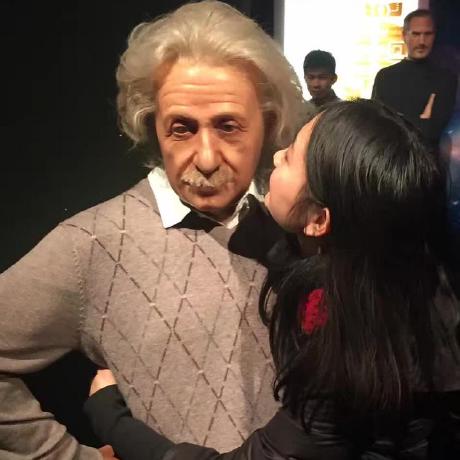Discover and explore top open-source AI tools and projects—updated daily.
awesome-tensorlayer by  tensorlayer
tensorlayer
Deep learning library for research and industry
Top 95.1% on SourcePulse
This repository is a curated list of resources and applications for TensorLayer, a high-performance deep learning and reinforcement learning library designed for both industry and academic use. It serves as a comprehensive guide to TensorLayer's capabilities, showcasing its flexibility in defining static and dynamic models and its application across various domains like computer vision, NLP, and reinforcement learning.
How It Works
TensorLayer offers two primary methods for model definition: static models, which allow for fluent model building, and dynamic models, which provide fine-grained control over the forward pass. This dual approach caters to different development preferences and complexity requirements. The library supports efficient data handling through its DatasetAPI and TFRecord integration, facilitating performance optimization.
Quick Start & Requirements
- Installation and usage details are available in the linked DOCS.
- Examples cover MNIST and CIFAR10 datasets, demonstrating static and dynamic model definitions, data augmentation, and Siamese models.
- Specific applications require datasets like CelebA, PASCAL VOC, BRATS 2017, and IMDB.
Highlighted Details
- Extensive examples for Computer Vision tasks including Style Transfer, OpenPose, Face Recognition, and U-Net segmentation.
- Dedicated sections for Quantization Networks (Binary, Ternary, DoReFa-Net) and Generative Adversarial Networks (GANs) like DCGAN, CycleGAN, and SRGAN.
- Natural Language Processing applications cover Chatbots, Text Generation, Text Classification, Word Embeddings, and Spam Detection.
- Reinforcement Learning is supported via DRL Tutorials and a DRL Zoo, with data management tools like TensorDB for task execution and database integration.
Maintenance & Community
- Contributions are welcome; refer to contribution guidelines.
- A citation is provided for academic use: Dong, H. et al. (2017). TensorLayer: A Versatile Library for Efficient Deep Learning Development. ACM Multimedia.
Licensing & Compatibility
- The repository itself is a curated list, not a software library with a specific license. The underlying TensorLayer library's license should be consulted for compatibility.
Limitations & Caveats
- This is a curated list of examples and resources, not the TensorLayer library itself. Users will need to install and configure TensorLayer separately.
- Some advanced examples may require specific hardware (e.g., GPUs) or large datasets for effective training and execution.
5 years ago
Inactive

 jhlu2019
jhlu2019 jonkrohn
jonkrohn xavier-zy
xavier-zy kzbkzb
kzbkzb tugstugi
tugstugi TingsongYu
TingsongYu roatienza
roatienza yfeng95
yfeng95 dragen1860
dragen1860 huggingface
huggingface yunjey
yunjey